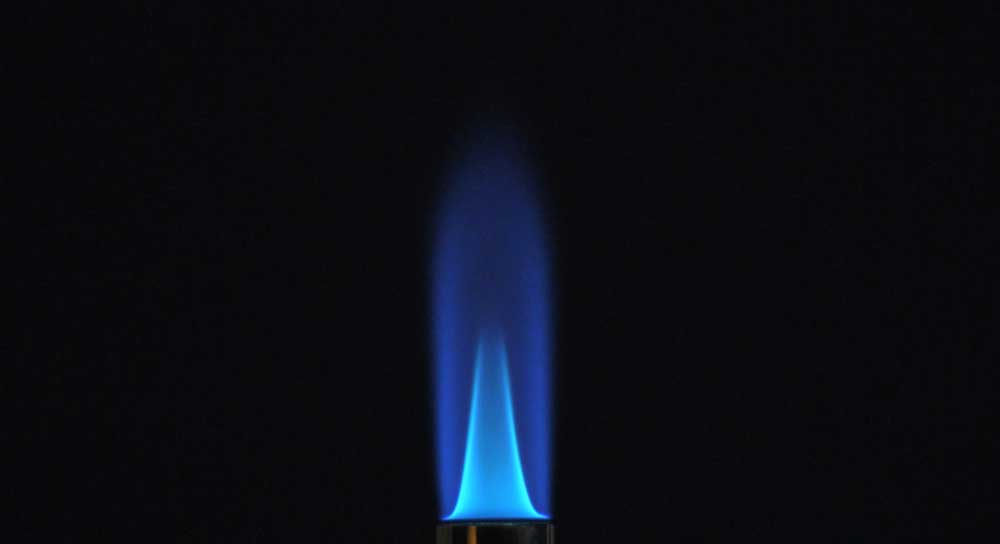How your home is heated may not be high on your list of considerations, but it is certainly something worth thinking about, especially if you are looking to purchase a home or do some upgrades to your current property.
While oil tanks may be considered an out-dated technology, it is still a home-heating option, particularly in older model homes in downtown Toronto and other historic neighbourhoods in and around the GTA.

So, should you be looking for a home with an oil tank or requesting natural gas? Well, there are a few factors to consider:
Which heating system has a smaller carbon footprint?
The short answer is natural gas. However, as fossil fuel must be extracted from the earth, CO2 emissions from combustions from homes and tailpipes don’t tell the whole story.
The drilling, extraction, and transportation of natural gas results in the loss of some leaked gas, known as “fugitive” methane emissions. These emissions range from one to nine percent of total life cycle emissions. Thus, for natural gas to have less of an impact on the environment than oil, fugitive methane emissions must be low, typically less than three per cent.
With new technologies developed every day, fugitive methane emissions are much lower than those from coal and oil and continue to drop.
Which one is more expensive
There is no doubt that natural gas costs significantly less than oil for heating a home. Additionally, natural gas is still a locally sourced fossil fuel (within North America), which means prices are not forecasted to fluctuate greatly any time in the foreseeable future.
On the other hand, oil has seen an almost 80% increase in pricing over the past two years, thanks mainly to continued tensions in the Middle East and demand.
Does one or the other affect renovation costs?
Maintenance for a natural gas furnace, such as replacing a filter, is a relatively low cost. However, when it comes time to replace your furnace, you will be looking at paying anywhere from $2,150 to over $5,000, which is not a minor expense.
In contrast, oil tanks must be inspected every year, which on average costs about $300. If underground oil tank removal is required, it can cost anywhere from $4,000 to $5,000. So, in the sense of maintenance and replacements, oil tanks and furnaces are reasonably close in costs.
The unexpected cost to keep in mind is if an underground oil tank leaks. If your oil tank is leaking into the surrounding earth, you will be facing soil remediation costs as well as possibly paying some hefty fines for contamination. In this regard, natural gas is a much cheaper option for home heating.
Do You Have a Buried Oil Tank on Your Property?
If you have questions about oil tank removal, or if you are wondering if there is a buried oil tank on your property, call the experts at Waterline Environmental today for an inspection!
To learn more about our oil tank removal service, contact us today or visit our FAQ page.